PHL cross-border transaction market grows amid increasing digitalization

THE PHILIPPINES’ cross-border money movement market has a “market opportunity” worth $264 billion amid the rise in digital transactions, Visa Philippines said.
“The number that we normally know (for remittances) is it’s a $37-billion market. When you talk about money movement in the Philippines and from the Philippines outside, $37 billion is a very small number,” Visa Philippines Country Manager Jeffrey V. Navarro said at a briefing on Wednesday. “It’s actually $264 billion. That is the market of money movement in and out of the Philippines.”
Broken down, 43% ($113 billion) of the total is inbound remittances while 57% ($151 billion) is outbound, he said.
In 2023, personal remittances, which include inflows in kind, stood at a record $37.21 billion. Latest data from the central bank showed that personal remittances amounted to $14.89 billion in the January-May period.
Mr. Navarro noted the potential of the outbound transactions market.
“The outbound market is $151 billion. When you talk about business-to-business payments, that is around $146 billion,” he said.
“These are supplier payments, accounts payable payments, visitors coming into the Philippines and making travel and entertainment payments, and our export import payments.”
Mr. Navarro cited emerging use cases for outbound remittances, such as sending money to overseas Filipino workers (OFWs) in need, procurement of goods and items by small and midsize enterprises from abroad, and the growing number of Filipinos studying abroad.
“The Philippines is a big remittance corridor, especially for inbound (remittances),” Mr. Navarro said. “There are 12 million Filipinos who are working or living abroad. Easily, that’s close to 10% of our population.”
Three out of the top five recipients of remittances globally are found in the Asia-Pacific region, which are India, Mainland China and the Philippines. The Philippines accounts for more than 60% of all inbound remittances in the region, Visa data showed.
“The other interesting statistic that we see is the growth that we’ve seen in remittances being delivered through digital wallets,” Visa Senior Vice-President and Head of Commercial and Money Movement Solutions for Asia Pacific Chavi Jafa said.
“With the growth in digital wallets, specifically in our region, we’ve seen increasingly — especially post-COVID — a significant adoption of digital wallets,” she added.
The Bangko Sentral ng Pilipinas (BSP) on Tuesday said the share of online payments in the total volume of monthly retail transactions rose to 52.8% in 2023 from 42.1% a year earlier. This was slightly higher than the central bank’s target to digitize 50% of the volume of retail payments by end-2023.
“What we’ve seen is we’re growing year on year, that 75% are now trying to send and receive remittances through a digital app,” Mr. Navarro said.
“If you talk about the future, 58% of senders and receivers are saying that they would like to use a digital app… It’s going to be more digital, and it will accelerate because the intent and the preference of consumers is leading towards the use of digital apps.”
Visa data also showed that consumers cited challenges such as high transaction fees and inconvenient processes, among others.
“There’s no change in terms of what it is that consumers are looking for in terms of remittances and money movement. They want speed, convenience and security,” Mr. Navarro said.
For their part, Mr. Navarro said the company offers Visa Direct to help address these concerns.
Visa Direct is a digital platform that connects 8.5 billion endpoints. The platform is active in 190 countries and can facilitate movement dealing with 160 currencies.
“When I talk about endpoints, it means 8.5 (billion) Visa cards, that also includes bank accounts, and it also includes e-wallets,” he said. “Visa is capable of being able to move money from Point A to Point B, whether it be a bank account, an e-wallet or a visa card.”
“Our mission is to be able to deliver a seamless and a great consumer experience that’s secure and reliable when it comes to money movement and payment,” he said. “If you understand the nature of remittance, these are hard-earned money and as such we’re very particular in terms of ensuring that the money we send, most of it, if not 100% of it, we want our receivers to receive.” — Luisa Maria Jacinta C. Jocson



